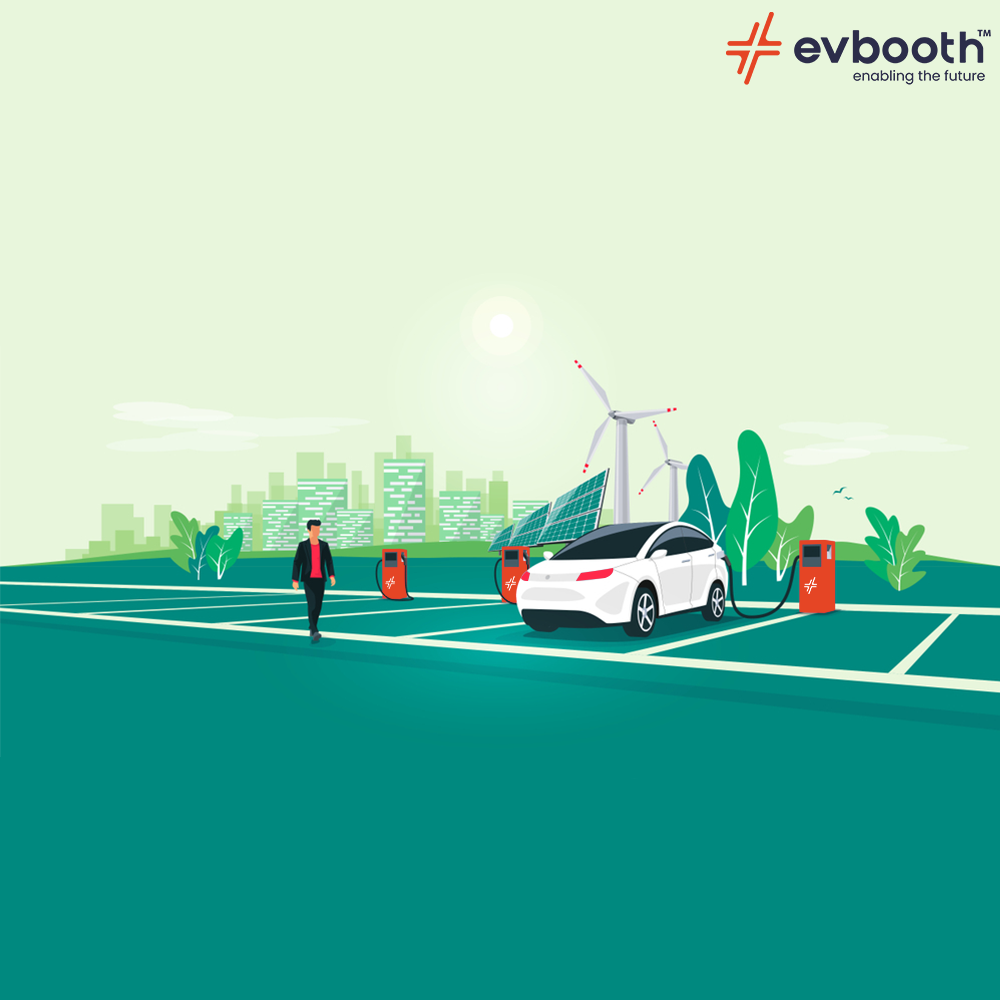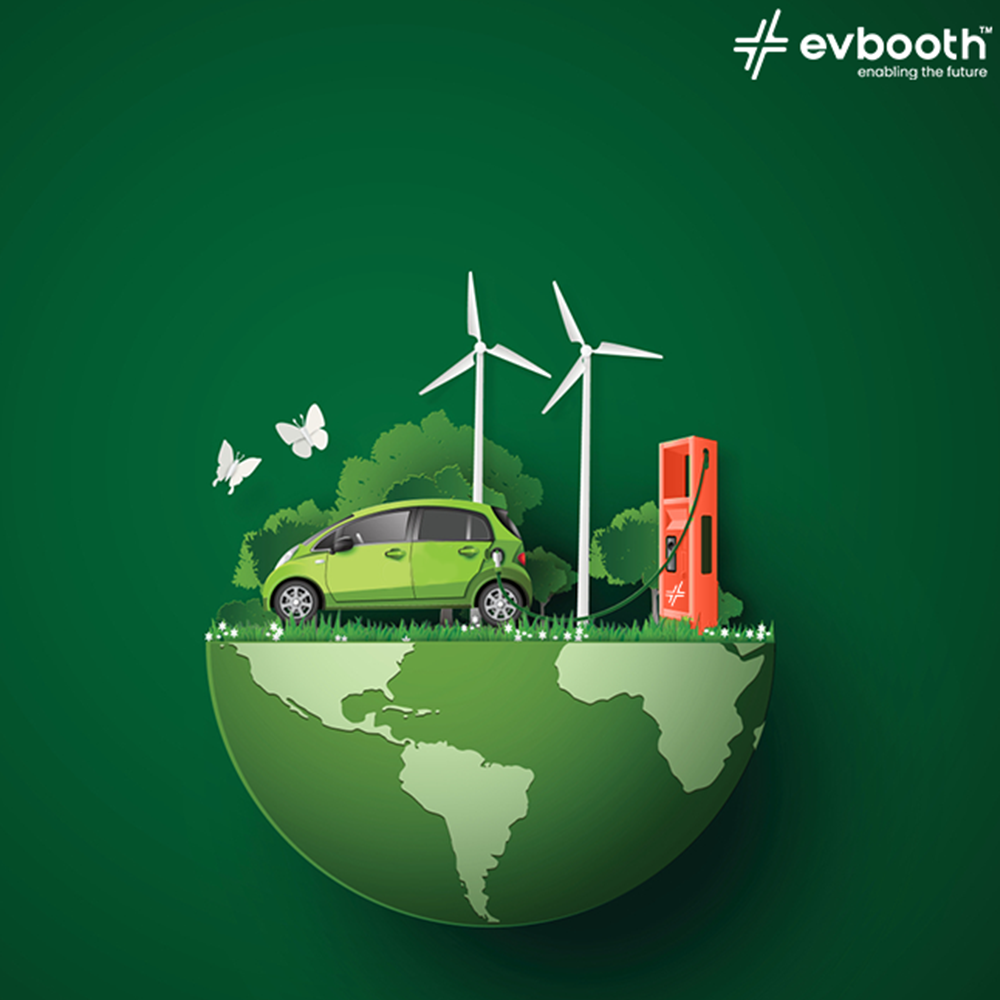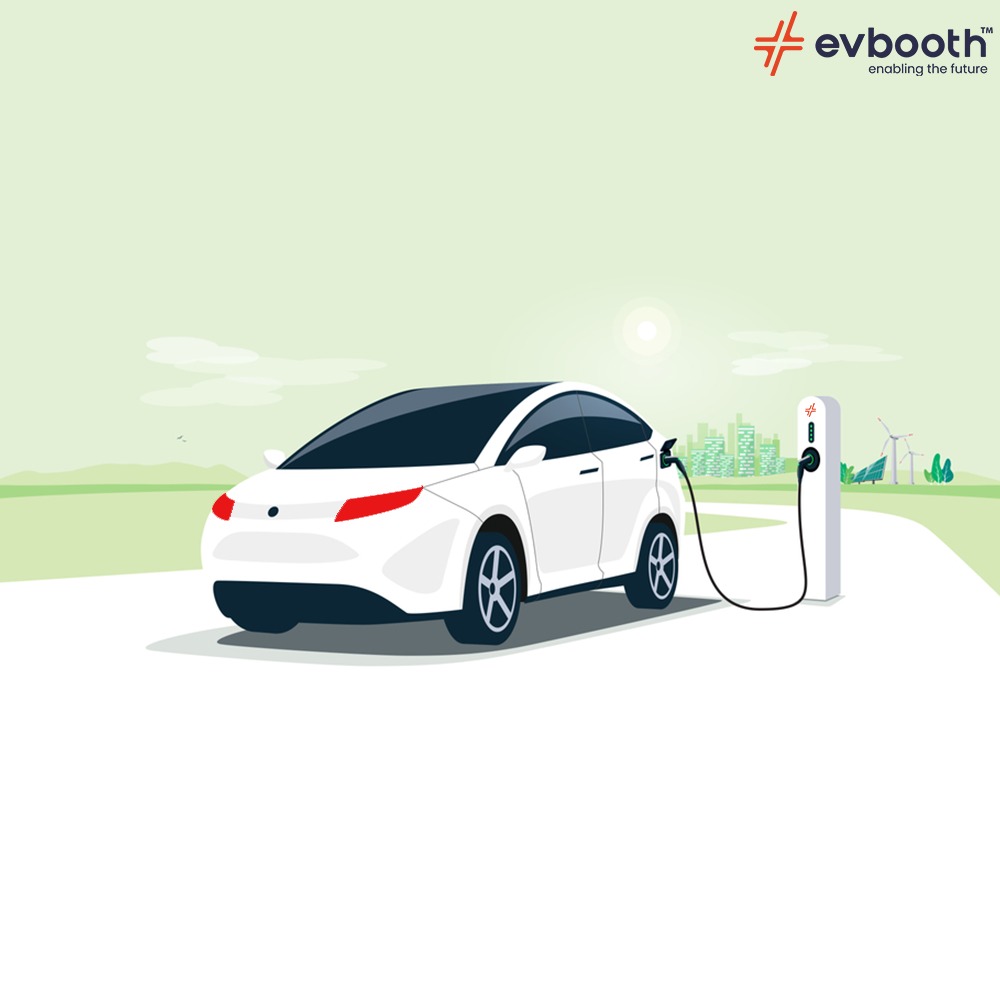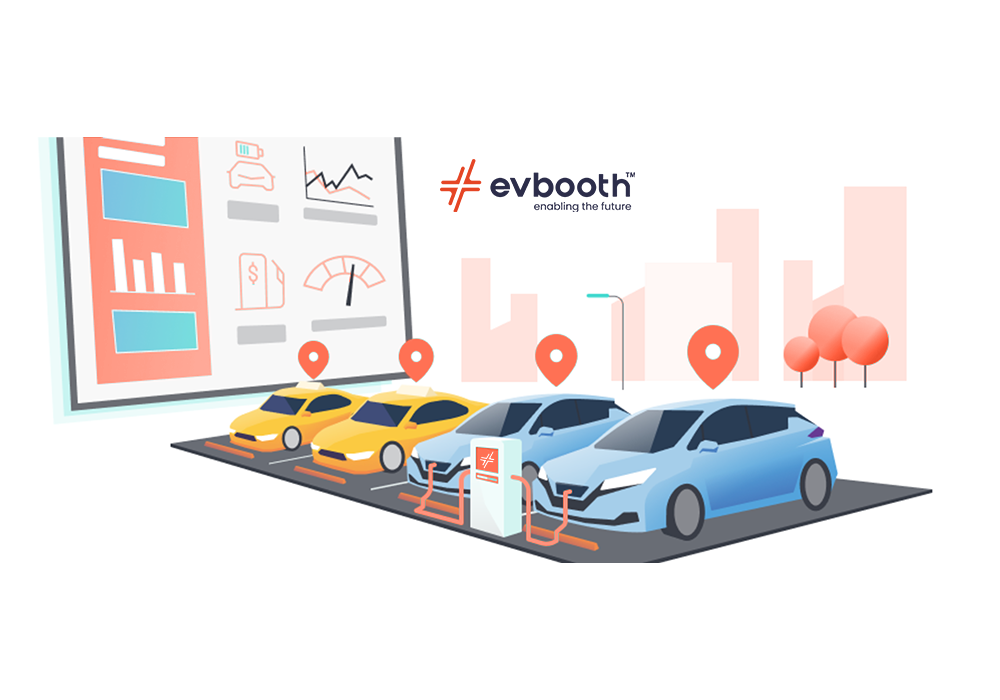Driving India’s Electric Revolution: The Power of Public-Private Collaboration II
Introduction
India stands at the forefront of a transformative era in electric mobility, propelled by environmental consciousness and aspirations for upward mobility. At the epicenter of this evolution is a strategic alliance between the public and private sectors, orchestrating a collaborative effort to navigate challenges and accelerate the widespread adoption of Electric Vehicles (EVs). This collaboration not only establishes a regulatory framework but nurtures an ecosystem that fosters innovation and propels the EV industry forward.
The Evolving EV Landscape in India
As of the first half of 2023, India’s EV sector is experiencing a significant upswing, with a surge in sales attributed to comprehensive government initiatives such as the Faster Adoption and Manufacturing of Hybrid and Electric Vehicles (FAME) program. Beyond governmental interventions, state bodies, private entities, and innovative startups like EVBOOTH are emerging as instrumental players shaping a robust ecosystem conducive to EV growth.
Importance of Public and Private Sector Collaboration
The collaborative landscape between the public and private sectors serves as the bedrock for India’s transition to electric mobility. This partnership goes beyond the establishment of a regulatory framework; it cultivates an ecosystem that nurtures innovation, provides financial incentives, and champions research and development initiatives. EvBooth’s strategic alliances exemplify how private entities actively contribute to this collaborative effort, creating a holistic environment for the EV industry to thrive.
Challenges and Collaborative Solutions
A nuanced understanding of challenges, ranging from charging infrastructure limitations to affordability concerns, underscores the need for innovative and sustainable solutions. Public-private collaboration becomes the crucible for these solutions. This involves not only joint investments in charging stations but also collaborative battery technology innovation and targeted educational initiatives led by EV infrastructure providers such as EvBooth. This collective effort aims not only to address immediate challenges but also to set the stage for a sustainable and technologically advanced EV ecosystem.
The Role of EV Infrastructure Providers
Within this collaborative framework, the pivotal role played by EV infrastructure providers cannot be overstated. These providers, ranging from established companies to emerging startups, form the backbone of the EV ecosystem. Their role extends beyond the mere deployment of charging stations. They are architects of the evolving EV infrastructure, ensuring accessibility, reliability, and interoperability. As EV adoption grows, these providers are at the forefront of innovations, including smart grids, fast-charging technologies, and seamless integration with diverse EV models.
Case Studies
Delving into successful case studies offers tangible evidence of the transformative impact of public-private collaboration. EVBOOTH’s collaboration with state governments in deploying interactive booths showcases how such initiatives boost consumer awareness, demystifying the EV landscape. Furthermore, partnerships like Hyundai’s collaboration with IIT Delhi for EV technology advancements and MG Motor’s collaboration with Tata Power for a fast-charging network underscore how collaboration effectively addresses specific challenges, fostering positive change and technological innovation.
Sustainable Impact and EV Infrastructure
The impact of public-private collaboration extends beyond immediate technological advancements to permeate societal, environmental, and economic dimensions. The collaborative spirit is particularly evident in the concerted effort to build a robust EV infrastructure. This encompasses not only the deployment of charging stations but also the development of smart grids and interoperable technologies, ensuring a seamless transition to electric mobility while catering to the evolving needs of the modern consumer.
Conclusion
In conclusion, the symbiotic relationship between the public and private sectors, complemented by the crucial role of EV infrastructure providers, is not merely integral but transformative for India’s electric mobility transition. This collaborative ethos ensures that challenges are met with innovative, sustainable, and comprehensive solutions. As India propels forward, this collaborative paradigm remains central to achieving a sustainable, impactful, and technologically advanced transformation in the mobility ecosystem. Embracing this collaborative spirit positions India at the forefront of the global drive towards a cleaner, greener, and electrifying future.





